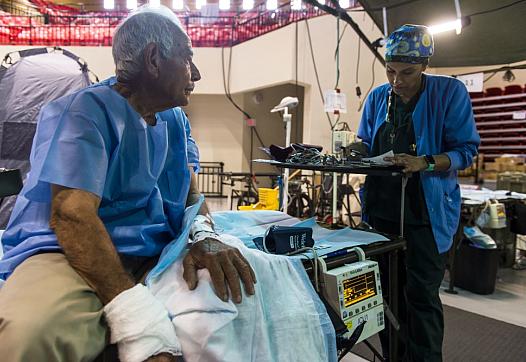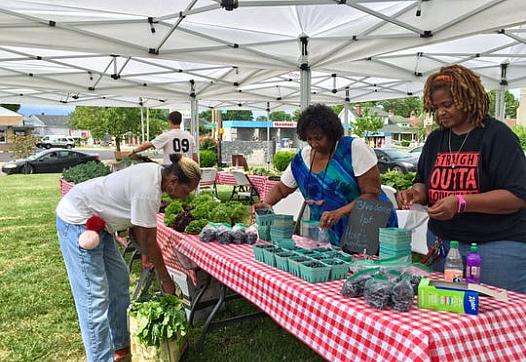
Discomfort with end-of-life care discussions is not uncommon among many older immigrants in the United States.

Discomfort with end-of-life care discussions is not uncommon among many older immigrants in the United States.

How Congress and the White House refuse to fund health care to the hurricane-ravaged island’s desperately poor.
Childhood obesity is a particularly difficult public health problem because if left unchecked, it will lead to many significant medical issues later in life.

Six months after the storm, Saturnino Figueroa Montes, 64, spent two weeks fighting something doctors couldn’t diagnose after conducting multiple tests. A retired carpenter of Mamey, a rural neighborhood in Patillas, he went into cardiac arrest after he was hospitalized.

This series was produced with the support of the USC Annenberg Center for Health Journalism Impact Fund....

Because childhood obesity is a condition depending on many factors, some are taking simplified but powerful approaches to the problem.

Chocolate milk and fruit juice accounts for about half of sugar consumed by district students, according to a Sun-Star analysis of breakfast and lunch nutritional data.

A bag of local organic produce — from fresh corn to tomatoes to broccoli to snap peas — would typically cost more than $30 to buy at any store or farmers markets. But for workers at two Louisville companies, the same bag will cost just $5 this summer.

Over the last decade, Congress has repeatedly flagged the abominable conditions in the South Dakota facilities but they’ve failed to make meaningful change.
As more grocery stores close than open in Jefferson County, some residents say they're still disappointed that the buildings will not again provide food to their communities.